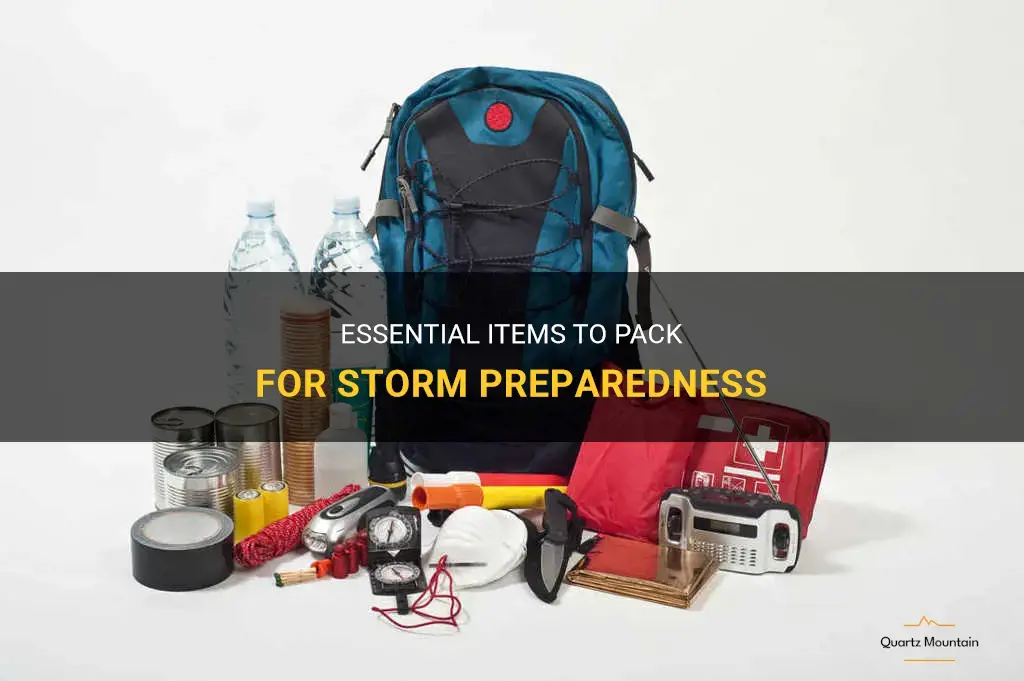
When a storm is on the horizon, it's important to be prepared and have all the necessary items to weather the elements. From basic necessities like water and food, to tools and safety gear, having a comprehensive storm preparedness kit can make a significant difference in how you navigate through challenging weather conditions. In this article, we will explore some essential items to pack for storm preparedness, ensuring you have everything you need to stay safe and comfortable during a storm.
What You'll Learn
- What essential items should I consider packing during a storm?
- How many days' worth of food and water should I pack for a storm?
- Are there any specific clothing items or gear that I should bring for storm preparedness?
- Should I pack any emergency medical supplies or medications in case of injury during a storm?
- What documents or important papers should I include in my storm preparation pack?

What essential items should I consider packing during a storm?
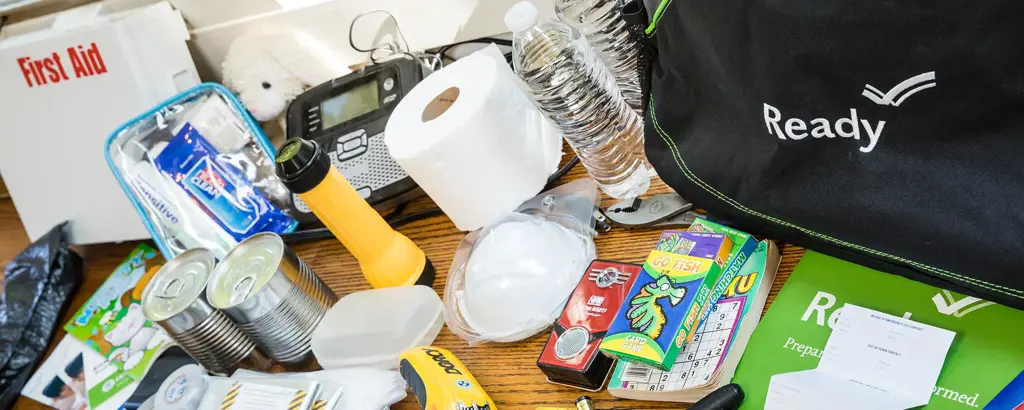
When preparing for a storm, it is crucial to pack essential items that will help keep you safe and comfortable during the event. Here are some key items that you should consider packing:
- Non-perishable food: Stock up on canned goods, dried fruits, energy bars, and other non-perishable food items. These will provide sustenance in case of power outages or limited access to fresh food.
- Water: It is essential to have an ample supply of water on hand. Store at least one gallon of water per person per day for drinking and sanitation purposes. If possible, have a three-day supply of water readily available.
- Medications: If you or any family member requires prescription medications, make sure to have a sufficient supply on hand. It may be challenging to access pharmacies during a storm, so having extra medication can be crucial.
- First aid kit: Prepare a well-stocked first aid kit that includes bandages, antiseptic ointment, pain relievers, and any necessary prescription medications. Injuries can occur during storms, and having a first aid kit can help you treat minor injuries.
- Flashlights and batteries: Power outages are common during storms, so it is essential to have reliable sources of light. Pack multiple flashlights with extra batteries to ensure you have sufficient illumination.
- Battery-powered radio: A battery-powered radio is invaluable during emergencies as it allows you to stay updated on weather conditions and receive important information from local authorities.
- Cash: During a storm, ATMs and credit card machines may not be operational due to power outages or network disruptions. It is a good idea to have some cash on hand in case you need to purchase essential items or services.
- Blankets and warm clothing: In case of a power outage or loss of heating, it is crucial to have blankets and warm clothing available to keep you and your family warm.
- Personal hygiene items: Pack essential personal hygiene items such as toilet paper, toothbrushes, toothpaste, soap, and hand sanitizer. These items will help you maintain cleanliness and reduce the risk of illness.
- Important documents: Keep important documents, such as identification cards, passports, insurance policies, and copies of important phone numbers, in a waterproof and portable container. Having these documents readily available can help expedite any necessary communication or evacuation.
- Portable phone chargers: Maintaining communication is vital during a storm. Ensure you have portable chargers for your cell phones and other electronic devices, as they may be your only means of communication if power lines are down.
- Whistle: A whistle can be used to signal for help in case of an emergency. Make sure every member of your family has a whistle readily available.
- Pet supplies: If you have pets, pack extra food, water, medications, and comfort items for them. Additionally, have their vaccination records and medical history on hand in case of evacuation to a shelter.
Remember, this list is not exhaustive, and you should tailor your packing list based on your specific needs and any additional guidance provided by local authorities. It is always better to be over-prepared than underprepared during a storm. Stay safe!
Essential Items to Pack for an Infant Undergoing Surgery
You may want to see also

How many days' worth of food and water should I pack for a storm?
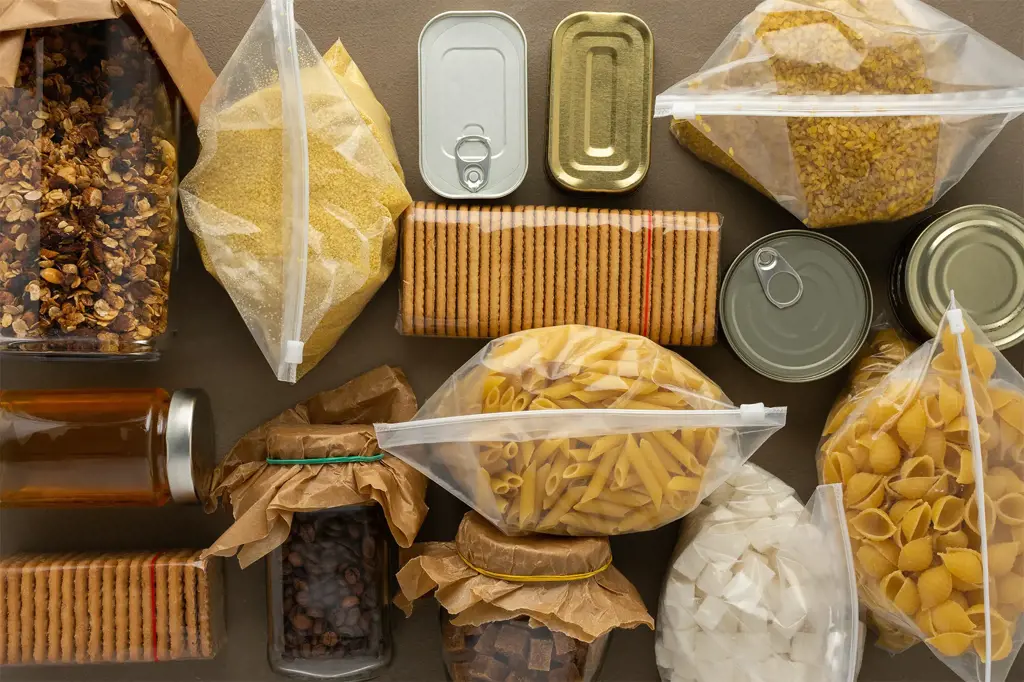
When preparing for a storm, it is crucial to have enough food and water to sustain you and your family for a certain period of time. This period of time can vary depending on the severity of the storm and the likelihood of recovery and access to supplies, but it is generally recommended to have at least three days' worth of food and water on hand.
One of the key factors to consider when deciding how much food and water to pack is the likelihood of power outages and the duration of the storm. If you live in an area that is prone to frequent power outages during storms, it is important to take this into account and pack more supplies accordingly. Additionally, if the storm is expected to be particularly severe or if you live in a remote area where access to supplies may be limited, it is advisable to pack for a longer period of time.
When it comes to food, it is best to choose non-perishable items that do not require refrigeration or cooking. Canned goods, such as fruits, vegetables, and meats, are excellent options as they have a long shelf life and can be eaten straight out of the can. Similarly, granola bars, nuts, and dried fruits are good choices as they provide a good source of energy and can be easily stored.
In terms of water, the general rule of thumb is to have one gallon (3.78 liters) of water per person per day. This includes both drinking water and water for sanitation purposes. It is important to note that this estimate may vary depending on individual needs and the climate in which you are located. For example, if you live in a hot and humid area, you may need to increase your water intake to stay properly hydrated.
To calculate how much water you need to pack, multiply the number of people in your household by the number of days you want to be prepared for. For example, if you have a family of four and you want to be prepared for three days, you would need a minimum of 12 gallons (45 liters) of water.
In addition to food and water, it is also important to have other essential supplies on hand, such as medications, first aid supplies, flashlights, batteries, and a battery-operated radio. These supplies can help you stay safe and comfortable during the storm and its aftermath.
Ultimately, the amount of food and water you should pack for a storm depends on a variety of factors, including the severity and duration of the storm, your location, and your personal needs. It is always better to be over-prepared than under-prepared, so it is advisable to err on the side of caution and pack enough supplies to sustain you and your family for several days. By taking the time to plan and prepare in advance, you can ensure that you have the essentials needed to weather the storm safely.
The Ultimate Guide: How to Choose the Perfect Bag for Burning Man
You may want to see also

Are there any specific clothing items or gear that I should bring for storm preparedness?

When it comes to storm preparedness, it is important to consider the clothing items and gear that you should bring with you. Being properly dressed and equipped can make a significant difference in your safety and comfort during severe weather conditions. Here are some specific clothing items and gear that you should consider bringing for storm preparedness.
- Waterproof and Insulated Jacket: A waterproof and insulated jacket is essential to keep you dry and warm during a storm. Look for a jacket that is made with waterproof material and has insulation to provide warmth in cold temperatures. This will help protect you from rain, snow, and wind.
- Sturdy Boots: Sturdy boots are crucial for storm preparedness to provide traction and protect your feet from wet and cold conditions. Look for boots that are waterproof, have good grip soles, and provide ankle support. These boots will help you navigate through slippery surfaces and keep your feet dry and comfortable.
- Waterproof Pants: In addition to a waterproof jacket, it is also important to have waterproof pants to keep your lower body protected from rain or snow. Look for pants that are made with waterproof material and have adjustable closures at the waist and ankles. These pants will help keep you dry and prevent water from seeping in.
- Layered Clothing: Layering your clothing is key to staying warm during a storm. Wear several layers of clothing, including a base layer made of moisture-wicking material, a middle layer for insulation, and an outer layer for protection against the elements. This will help you regulate your body temperature and stay comfortable in changing weather conditions.
- Hat and Gloves: A hat and gloves are essential to protect your head, ears, and hands from the cold and wind. Look for a hat that covers your ears and is made of a warm material such as wool or fleece. For gloves, choose ones that are waterproof and insulated to keep your hands dry and warm.
- Backpack or Bag: A backpack or bag is necessary to carry your storm preparedness gear and essentials. Look for a waterproof backpack or bag with multiple compartments to keep your items organized and protected. This will allow you to easily access your gear when needed.
- Emergency Supplies: In addition to clothing items, it is important to include emergency supplies in your storm preparedness gear. Some essential items to consider are a flashlight, extra batteries, a first aid kit, a whistle, a portable phone charger, and a multi-tool. These supplies can come in handy in case of emergencies during a storm.
Remember, storm preparedness is about being proactive and taking safety precautions. By bringing the right clothing items and gear, you can protect yourself from the elements and ensure your well-being during severe weather conditions. Prioritize safety and invest in quality and reliable gear to be fully prepared for any storm that comes your way.
Essential Items to Pack for an Unforgettable Honeymoon in Miami
You may want to see also

Should I pack any emergency medical supplies or medications in case of injury during a storm?
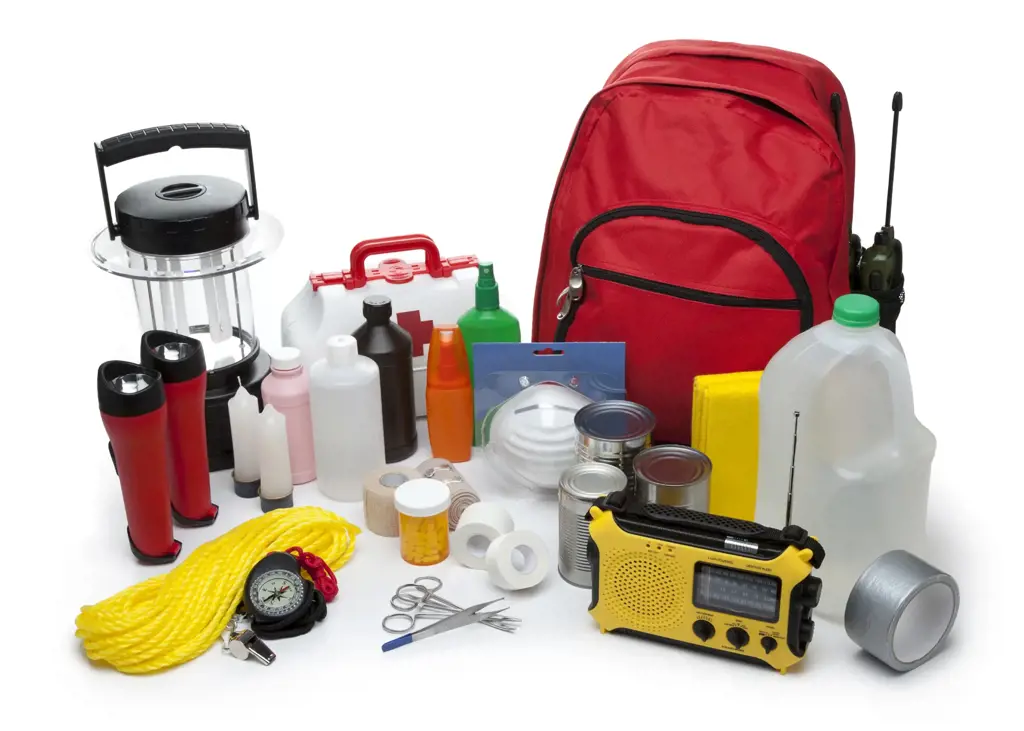
When preparing for a storm, it is always important to consider the safety and well-being of yourself and your loved ones. While it is not possible to predict the exact injuries that may occur during a storm, having a well-stocked emergency medical kit can be extremely helpful in managing common injuries and medical conditions.
First and foremost, it is essential to have a first aid kit that contains basic supplies such as adhesive bandages, gauze pads, adhesive tape, antiseptic wipes, and disposable gloves. These items can be used to clean and dress wounds, preventing infection and promoting healing.
Additionally, it is a good idea to include items such as pain relievers (for example, ibuprofen or acetaminophen) and anti-inflammatory drugs (such as naproxen) in your emergency medical kit. These medications can help alleviate pain and reduce inflammation caused by injuries. It is important to note that these medications should only be used according to their instructions and should not be overused or abused.
In the event of a severe storm or natural disaster, it is also wise to include prescription medications in your emergency medical supplies. These may include medications for chronic conditions such as heart disease, diabetes, or asthma. It is crucial to have at least a week's supply of these medications, along with any necessary medical devices (such as insulin pumps or inhalers), to ensure that you can manage your condition properly during and after the storm.
Furthermore, if you or any family member has specific medical needs, such as allergies or chronic conditions, it is important to include any necessary medications or supplies for these conditions in your emergency kit. This could include items such as allergy medication, epinephrine auto-injectors for severe allergic reactions, or glucometers for blood sugar monitoring.
In addition to medical supplies, it is also important to include a list of emergency contact numbers, including your primary care physician, local hospitals, and emergency services. This can be crucial in case you need to seek medical attention during or after a storm.
While these supplies can be essential in managing injuries during a storm, it is also important to remember that certain injuries may require professional medical attention. In the event of a severe injury or medical emergency, it is crucial to seek medical help immediately.
In summary, it is advisable to pack emergency medical supplies and medications in case of injury during a storm. A well-stocked first aid kit, including basic supplies and pain relievers, can help manage common injuries. In addition, including prescription medications and medical supplies for chronic conditions can ensure you can properly manage your health during and after the storm. Remember to always seek professional medical attention when needed, especially in the case of severe injuries or medical emergencies.
Essential Items to Pack for Studying Abroad in Granada, Spain
You may want to see also

What documents or important papers should I include in my storm preparation pack?
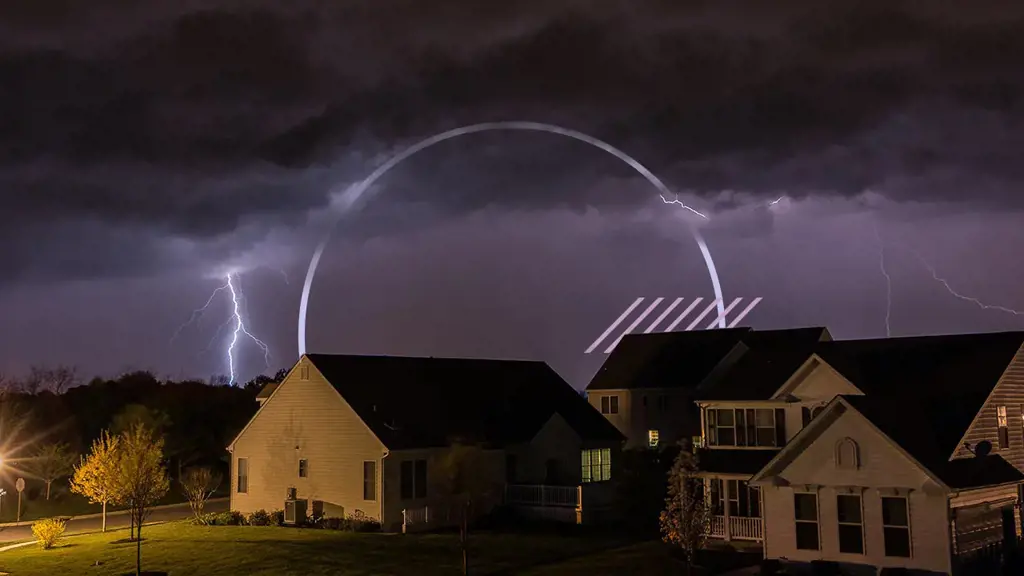
Preparing for a storm can be a stressful time, but having a well-organized storm preparation pack can help alleviate some of the anxiety. One important aspect of your preparation pack is ensuring that you have all the necessary documents and important papers easily accessible. In the event of an emergency, having these documents readily available can save time and provide essential information.
Here are some of the critical documents and important papers that you should include in your storm preparation pack:
- Identification documents: Make sure to have copies of your driver's license, passport, and social security card. These documents are essential for identification purposes and may be required when accessing emergency services, checking into a shelter, or dealing with any government agencies.
- Insurance policies: Keep copies of your home insurance, car insurance, and any other insurance policies you may have. In the unfortunate event that your property or belongings are damaged during a storm, having your insurance policies readily available will help streamline the claims process.
- Property documents: Include copies of your property deed, mortgage documents, and rental agreements. These documents are vital for proving ownership or tenancy and may be required for any post-storm assessments or claims.
- Financial documents: Keep copies of bank statements, credit card information, and any other financial documents you may need. Having access to your financial information will be essential if you need to file insurance claims, contact your bank, or manage your finances during the storm recovery process.
- Health records: Include copies of your medical insurance card, prescription medications, and any other relevant health documents. It is also recommended to have a list of any allergies, medical conditions, and contact information for your healthcare providers. In the event of an emergency, having these health records readily available can help first responders provide you with the necessary medical care.
- Important contact information: Create a list of important contact numbers, including emergency services, family members, close friends, and your insurance agent. Make sure to include the phone number of a trusted friend or family member who lives outside the affected area, as local phone lines may become congested during a storm.
- Home inventory: It is essential to create and include a detailed home inventory in your storm preparation pack. This inventory should include a list of all valuable items, serial numbers, and photographs or video evidence of the items. This documentation will be crucial when filing insurance claims or proving the value of lost or damaged items.
- Additional documents: Depending on your circumstances, you may need to include other essential documents such as wills, power of attorney documents, birth certificates, marriage certificates, and any other legal papers that are relevant to your situation.
To keep these documents safe, it is recommended to keep them in a waterproof and fireproof container. You can also consider scanning these documents and saving them electronically in a secure location or on a password-protected thumb drive. Additionally, it is a good idea to let a trusted family member or friend know where you keep these important documents, in case they need to access them on your behalf.
Preparing a storm preparation pack that includes all these documents will help ensure that you have all the necessary information readily available in the event of a storm or emergency. Taking the time to gather and organize these documents now can save you a lot of stress and uncertainty later. Stay safe and be prepared!
The Ultimate Packing List for Your Hawaii Vacation
You may want to see also
Frequently asked questions
It is important to pack essential items such as a flashlight, extra batteries, and a portable battery charger for your phone. You should also bring non-perishable food items, a manual can opener, and bottled water to sustain you during the storm. Don't forget to have a first aid kit with necessary medications, personal hygiene items, and important documents such as identification and insurance papers.
The general rule of thumb is to have at least one gallon of water per person per day. This is for both drinking and sanitation purposes. If you have pets, make sure to pack extra water for them as well.
It is a good idea to pack extra clothes in case you need to evacuate or if your current clothes get wet. Opt for warm and waterproof clothing, including hats, gloves, and sturdy boots. Pack enough clothes for several days, as the storm could potentially cause power outages and difficulty accessing laundry facilities.
Having basic tools on hand can be helpful in case of any storm-related damage or emergencies. Consider packing items such as a wrench, pliers, a hammer, and duct tape. These tools can assist with minor repairs or securing loose items during the storm.
While it is important to prioritize essential items during a storm, having some form of entertainment can help pass the time, particularly if you are stuck indoors. Consider packing books, board games, or a deck of cards to keep yourself and your family occupied during the storm.







